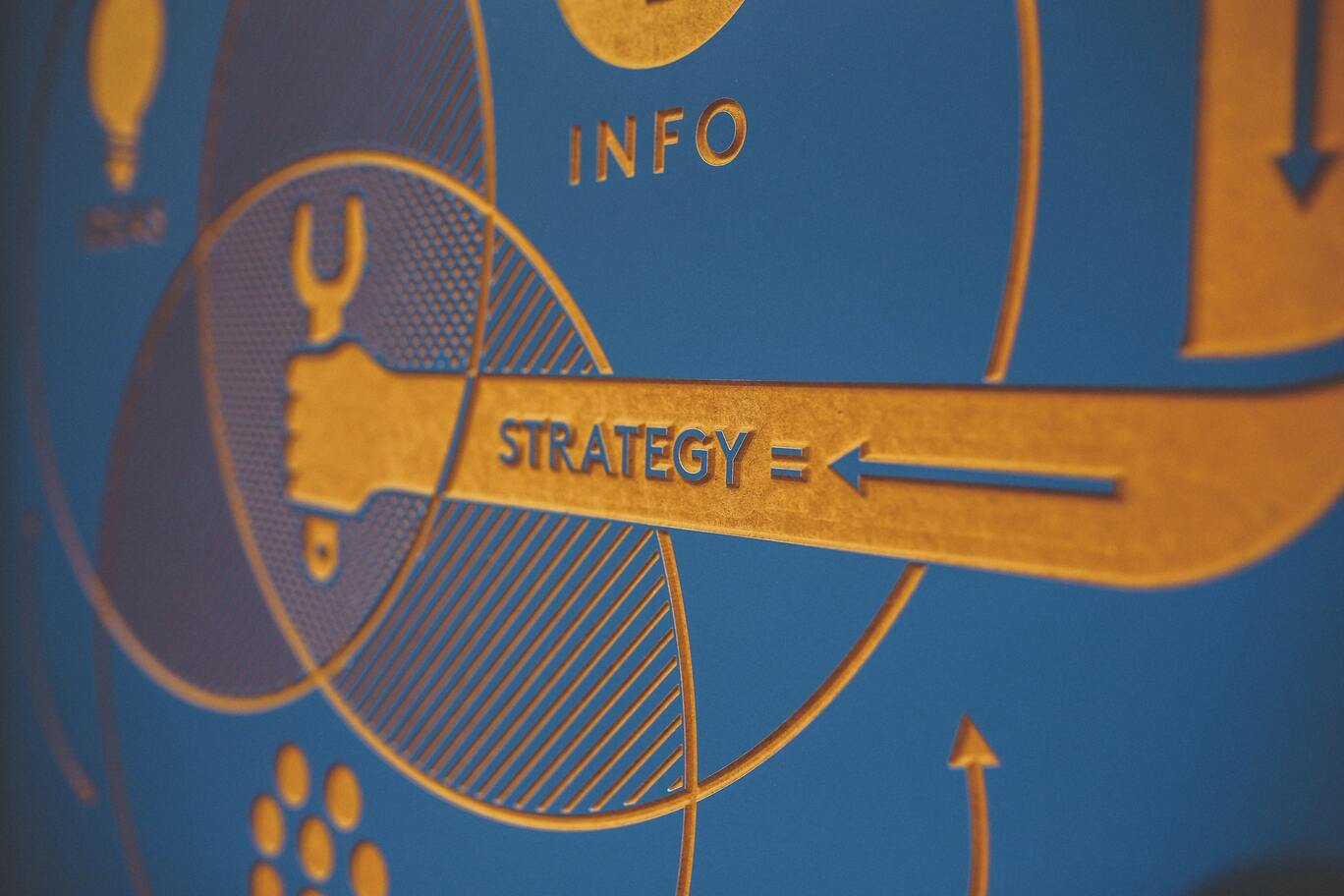What you will get from this article:
- Define the concept of Influence Engineering (IE)
- Learn the benefits of Influence Engineering
- Understanding the techniques of Influence Engineering
- Explore examples of applications of Influence Engineering
Introduction
Influence is an essential aspect of human interaction, as it shapes our decisions, beliefs, and behaviors. In recent years, the intriguing control of Influence Engineering (IE) has emerged, offering insights into the mechanics of influence and a strategic framework for navigating this powerful force.
In this article, we will explore the concept of Influence Engineering, its significance in various fields, and how it can be utilized to achieve positive results.
What Is Influence Engineering?
Influence engineering is the systematic use of scientific concepts and techniques to change the way people act and make decisions.
It takes ideas from many different fields, like psychology, neuroscience, social science, business, and communication, to figure out how influence works.
Influence engineering looks at cognitive biases, social dynamics, and psychological triggers to find ways to guide, persuade, and inspire both people and groups.
There are several types of influence engineering strategies that can be used to achieve different goals. Here are some of the most common types:

- Social proof: This approach is about getting people to act by using the power of social influence. People are more likely to do something if they see other people doing it, so this strategy involves showcasing examples of other people who have taken the desired action.
- Authority: This approach uses the power of authority to get people to do what you want them to do. By presenting an expert or authority figure as an advocate for a product or idea, influence engineers can increase the perceived credibility and validity of the message.
- Reciprocity: Reciprocity is a strategy that involves giving someone something of value in return for them doing something you want them to do. People are more likely to comply with a request when they feel like they owe something or there is a sense of obligation.
- Scarcity: This approach involves making people feel like they need a product or idea quickly or that there aren't enough of them. People are more likely to take action when they perceive it as limited or in high demand.
- Emotional appeal: This strategy focuses on tapping into people's emotions to motivate them to take action. By using storytelling, imagery, or other emotional triggers, influence engineers can create a connection with their audience and inspire them to act.
- Cognitive dissonance: This strategy involves making someone feel uncomfortable or confused about their views or actions, which makes them want to change. By highlighting inconsistencies or contradictions, influence engineers can incentivize people to change their behavior or attitudes.
- Gamification: This strategy uses game-like elements to motivate people to take desired actions. By incorporating fun, competition, and rewards into a process, influence engineers can make it more engaging and motivating.
When implemented ethically and responsibly, influence engineering can be a powerful tool for motivating and mobilizing groups to take action for the greater good. The key is to use these techniques to benefit individuals and society as a whole.
Benefits of Influence Engineering

Influence Engineering has several benefits that can positively impact different industries. Here are some of the benefits of Influence Engineering:
- Personalization: Influence Engineering can reveal a person's behaviors, thoughts, and emotions, which can be used to personalize marketing and advertising campaigns.
- Early Intervention: In the healthcare industry, Influence Engineering can monitor and detect changes in a patient's mental health, providing early intervention and support to those in need.
- Valuable Input and Feedback: Influence Engineering can offer valuable input and feedback to knowledge workers such as marketers, advertisers, designers, engineers, and developers from their relevant customers.
- Improved Communication: Developing Influence Engineering skills can improve communication, which can lead to better collaboration and productivity within teams.
- Increased Influence: Developing Influence Engineering skills can increase an individual's influence within their team and organization, which can lead to more significant contributions to the team's decision-making process and product development.
In summary, influence engineering provides a set of skills and strategies that can significantly benefit both individuals and organizations in a variety of areas, including productivity, decision-making, relationship-building, and conflict resolution. By learning the techniques of influence, you open yourself up to a world of possibilities.
How Influence Engineering Works
Influence engineering is the process of using technology to understand, simulate, and trigger human emotions at scale. Emotion AI, or artificial emotional intelligence, refers to systems that can recognize, understand, simulate, and influence human emotions.
Techniques or tools used
Influence Engineering involves developing algorithms that utilize behavioral science techniques to automate particular aspects of the digital experience that can influence user choices on a large scale.
Here are some techniques and tools used to Influence Engineering:
- Sentiment Analysis: This involves analyzing text data to determine the sentiment or emotion behind it. It can be used to understand how users feel about a product or service and tailor marketing messages accordingly.
- Facial Expression Recognition: This uses computer vision technology to analyze a person's facial expressions and identify emotions like happiness, anger, or sadness. This can be used in market research to understand consumer reactions to products or advertising, or in healthcare to help diagnose emotional disorders.
- Voice Analysis: This involves analyzing the tone, pitch, and other characteristics of a person's voice to determine their emotional state or level of engagement. This can be used in call center analytics, market research, and even criminal investigations.
- Persuasion Strategies: Influence Engineering can use various persuasion strategies related to marketing, such as personalization, social proof, and scarcity, to influence user decision-making processes.
- Active Listening: This involves listening to users and understanding their needs and preferences. It can be used to personalize user experiences and improve customer satisfaction.
- Non-Verbal Communication: This involves using body language and other non-verbal cues to establish a connection with the user. It can be used to personalize user experiences and improve customer satisfaction
Applications of Influence Engineering

Influence Engineering has various applications in different industries. Here are some examples of applications of Influence Engineering:
- Healthcare: Influence Engineering can monitor and detect changes in a patient's mental health, providing early intervention and support to those in need. It can also assist therapists in providing more accurate diagnoses and tailored treatment plans.
- Marketing and Advertising: Influence Engineering can offer valuable input and feedback to marketers and advertisers from their relevant customers. It can reveal a person's behaviors, thoughts, and emotions, which can be used to personalize marketing and advertising campaigns.
- Public Policy: Governments and non-profit organizations can use influence engineering to drive positive social change by inspiring people to take action on important issues such as climate change, public health, or social justice. By creating messages that resonate with their audience and inspire action, these organizations can help create a better world.
- Customer Service: Influence engineering can be used to improve customer service experiences by creating messaging and communication strategies that build trust and rapport with customers. This can lead to greater satisfaction, loyalty, and positive word-of-mouth.
- Employee Engagement: Influence engineering can be used to improve employee engagement and productivity by creating messaging and communication strategies that motivate employees to take action and collaborate effectively. This can lead to a more positive workplace culture, higher morale, and greater job satisfaction.
Challenges in Implementing Influence Engineering
Implementing Influence Engineering in different industries can be challenging in some ways. Here are some of them:
- Privacy Concerns: Influence Engineering deals with data that is profoundly intimate and personal, revealing a person's behaviors, thoughts, and emotions. Sharing this kind of personal data can raise privacy concerns.
- Ethical Considerations: Influence Engineering can influence user choices on a large scale, which raises ethical considerations. For example, it can be used to manipulate users into making choices that are not in their best interest.
- Technical Expertise: Implementing Influence Engineering requires technical expertise in developing algorithms that utilize behavioral science techniques. This can be a challenge for industries that do not have the necessary technical expertise.
- Data Quality: Influence Engineering relies on data to make accurate predictions and recommendations. Poor data quality can lead to inaccurate predictions and recommendations
- Resistance to Change: Implementing Influence Engineering can require changes in existing processes and workflows, which can be met with resistance from employees and stakeholders.
The Future of Influence Engineering

As technology continues to develop, Influence Engineering will play an increasingly important role.
The integration of AI, machine learning, and big data analytics provides unprecedented opportunities for analyzing and predicting human behavior, personalizing persuasive techniques, and driving desired outcomes.
However, ethical considerations and responsible use of these technologies are paramount to prevent misuse or manipulation.
Conclusion
Influence Engineering has emerged as a powerful tool for understanding and harnessing the mechanics of influence.
By utilizing scientific principles and strategies, Influence Engineering empowers individuals and organizations to shape human behavior, drive positive outcomes, and create meaningful change.
As we continue to explore and refine the strategies of Influence Engineering, it is imperative to approach this field with responsibility, considering privacy concerns, ethical considerations, technical expertise, data quality, and potential resistance to change.
By doing so, we can unlock the full potential of Influence Engineering and create a future where influence is wielded for the greater good, benefiting individuals, organizations, and society as a whole.








